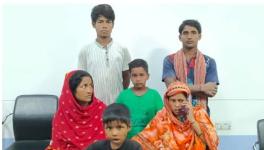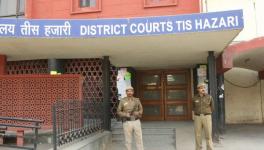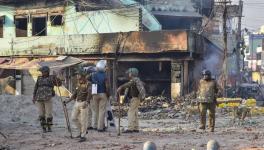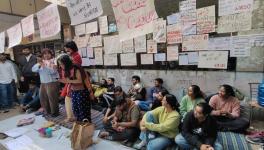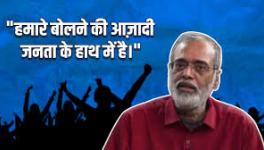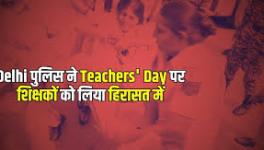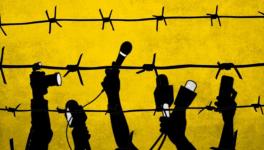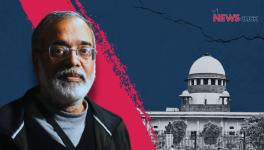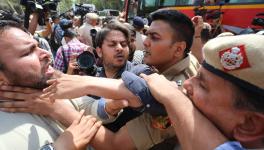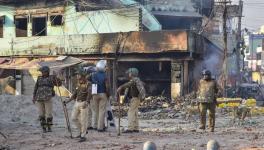1984 Riots: ‘We Are the Forgotten Citizens of India’

From 31 October to 3 November 1984, over 3,000 Sikh men, women and children were slaughtered by violent mobs, following the assassination of Prime Minister Indira Gandhi. Sikh men had their necks ringed with tyres which were set on fire; others were shot or hacked to death; women were raped and assaulted. Eyewitnesses told official commissions of inquiry that police personnel did nothing to prevent the killings or actively participated in the massacre.
Several witnesses reported seeing members of the ruling Congress party instigate mobs and take part in the attacks. A government-appointed judicial commission described the killings as “organised carnage”.
The massacre of 1984 was a national shame, and it was followed by another: over three decades of impunity for the perpetrators of these crimes. Survivors reported that the police often refused to register complaints or registered vague “omnibus FIRs” covering all offences in a neighbourhood. In Delhi, 587 First Information Reports related to the massacre were registered, of which Delhi Police closed 247 as “untraced”, meaning they were unable to trace any evidence. Over 36 years later, only a handful of police personnel charged with neglecting their duty and protecting the attackers have been punished.
The agony of the survivors of 1984 massacre has not ended. Their children continue to live with the pain and injustice that followed the violence.
These photos present a glimpse into the lives of the forgotten victims and survivors of 1984. Their screams still echo in the narrow lanes of neighbourhoods where thousands were butchered. It is time for India to ensure that the injustice for massacre of 1984 does not remain a festering sore.
1. BHAGI KAUR
Migrated from Trilokpuri to Tilak Vihar, Delhi. Her husband and seven relatives were killed in 1984.
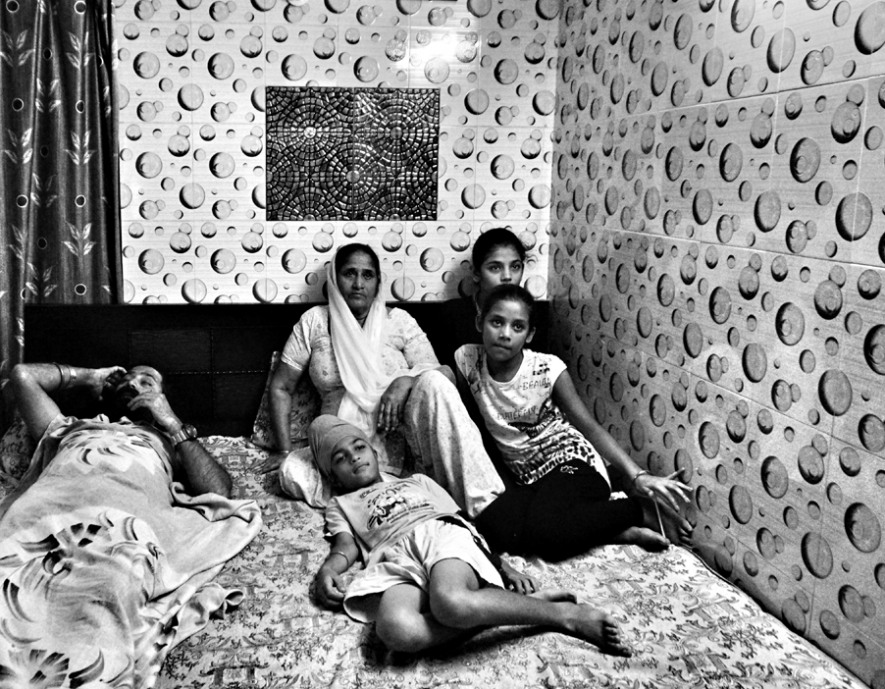
Bhagi Kaur
“To everyone else, the massacre took place 32 years ago, but for me it feels like it all happened yesterday.
“Almost my entire family was wiped out in front of my eyes, and even after so many years we haven’t got any justice.”
The culprits are still roaming free.
2. SHANTI DEVI
Migrated from Trilokpuri to Tilak Vihar, Delhi. Her husband and brother-in- law were killed.
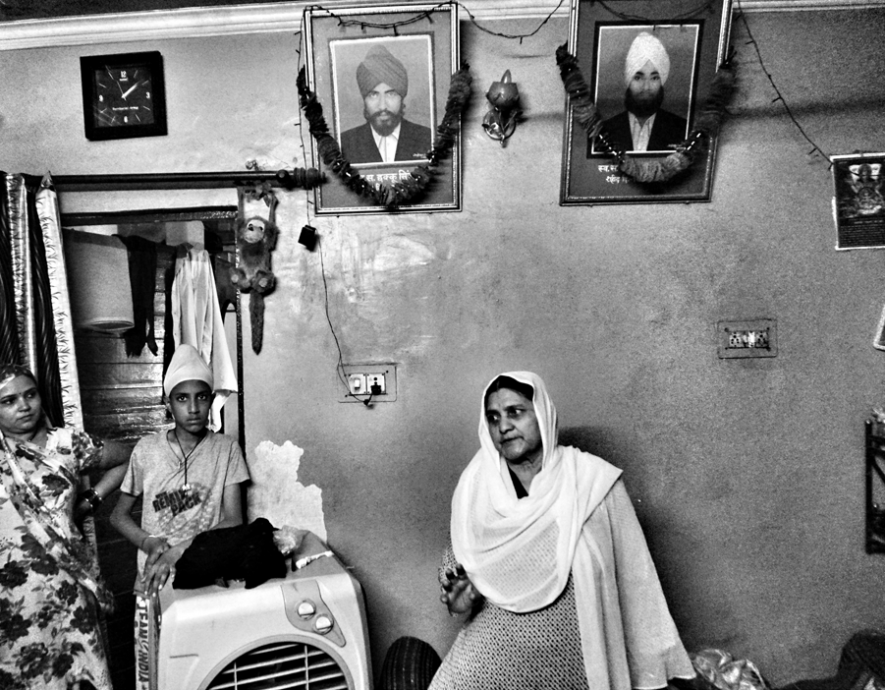
Shanti Devi
“They killed my husband and brother-in- law with swords. My brother-in- law was lying around with his stomach cut open.”
“God is witness to my pain. We were begging for water. The images of the atrocities committed in 1984 haunt me even today.”
3. LAKSHMI KAUR
Migrated from Mongolpuri to Tilak Vihar, Delhi. Her husband, five brothers and other relatives were killed.
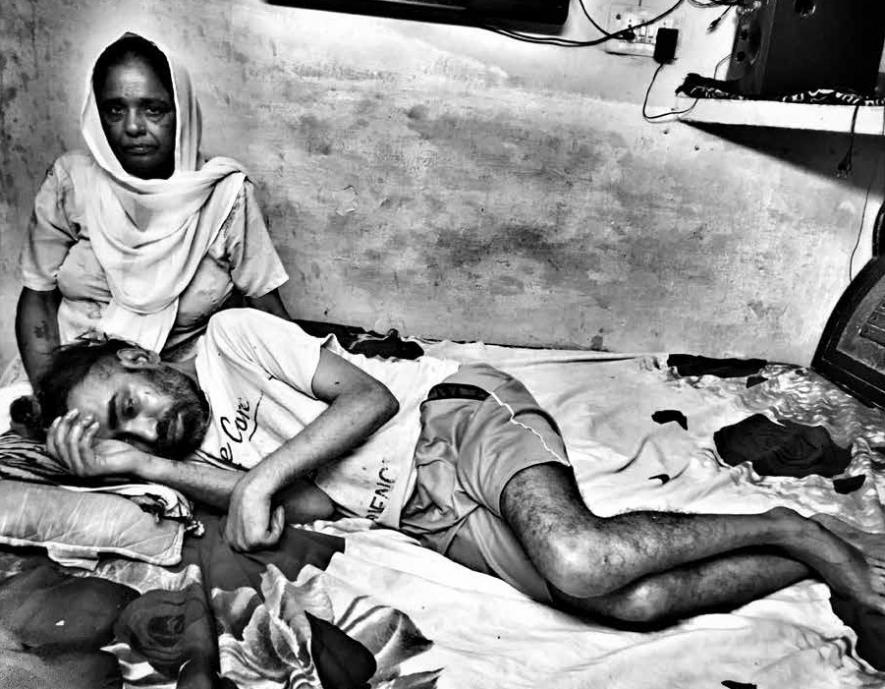
Lakshmi Kaur
“They put a tyre filled with petrol around my husband’s neck set it on fire outside a police station.”
A middle-aged man from the mob returned at night and tried to touch me inappropriately. When I resisted, he went out and called his entire group. They searched my house and killed all eight men hiding inside. I was regularly threatened and harassed so I decided to withdraw my case. I was scared to pursue it. The government should come and see how we are living.”
4. HUKUMI KAUR
Migrated from Trilokpuri to Tilak Vihar, Delhi. She lost her husband, brother-in- law, father-in- law and 11 other relatives.
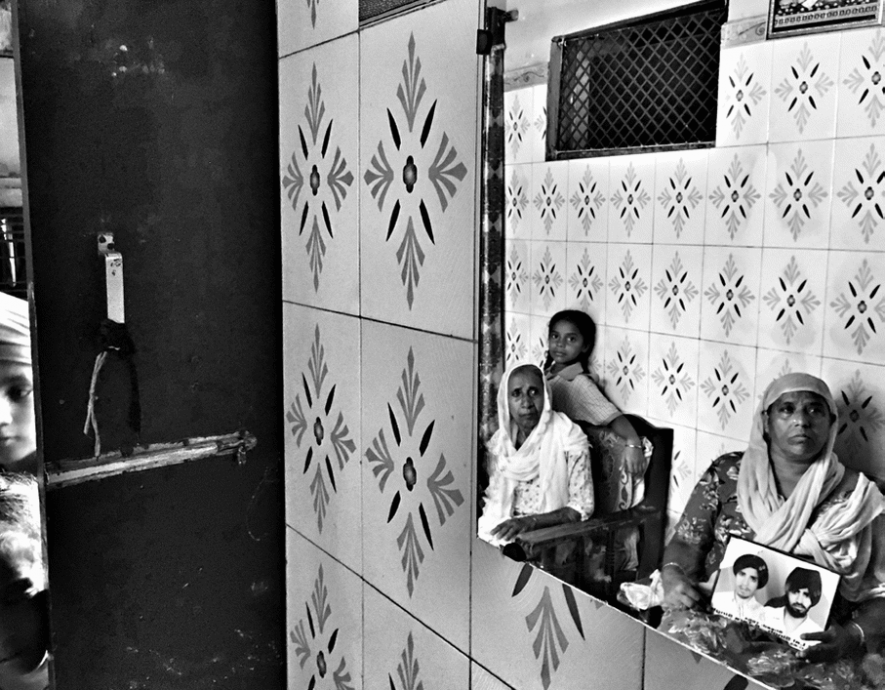
Hukumi Kaur
“Men from my family were burnt alive at the main door of our house.”
“My husband was killed three days later, his eyes were gouged out and he was burnt alive. It’s been 30 years with no justice whatsoever. We are helpless.”
5. SUNDARI KAUR
Migrated from Sultanpuri to Tilak Vihar, Delhi. She lost her husband and other family members.
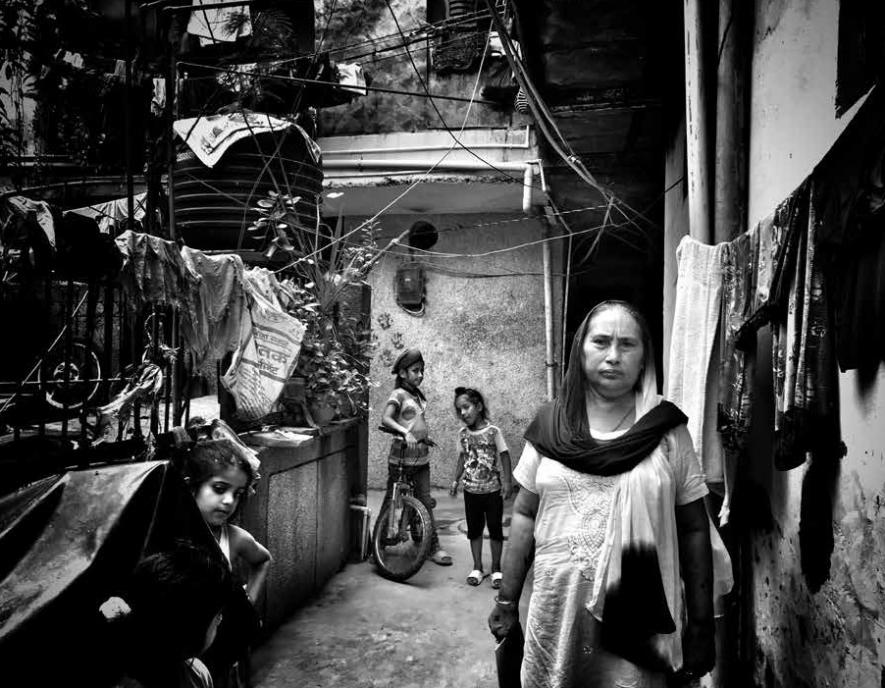
Sundari Kaur
“My husband was an auto driver. He was killed outside somewhere. I didn’t even see his dead body, we only found his burned auto at the police station.”
“I am still suffering from the pain of 1984. Justice isn’t anywhere close. They looted everything we had, and we were left to die with nothing.”
6. DARSHAN KAUR
Migrated from Trilokpuri to Raghubir Nagar, Delhi. She lost her husband and 11 other family members.
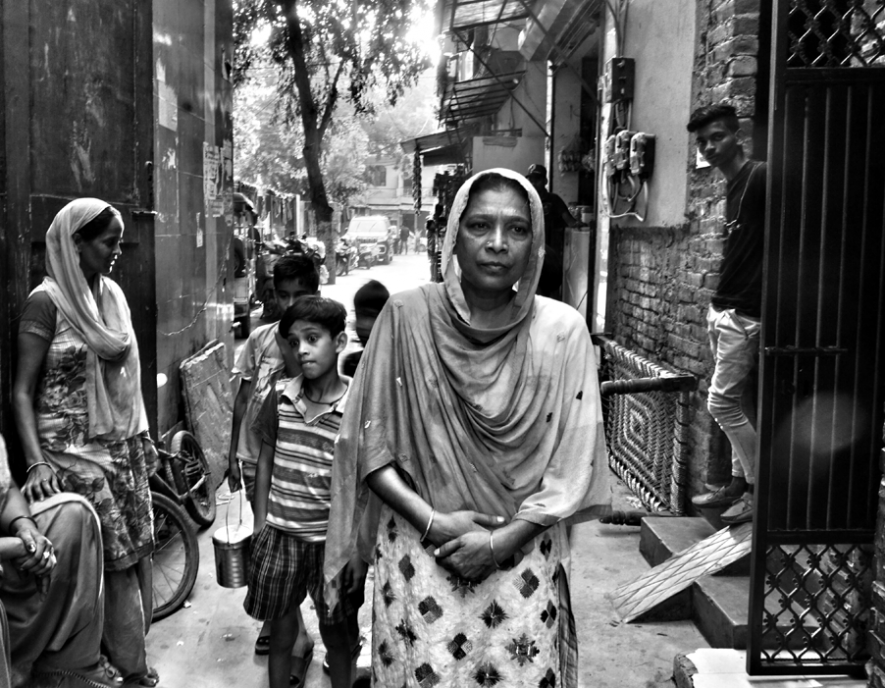
Darshan Kaur
“My husband tried to hide in the kitchen of our house in Trilokpuri. But the mob dragged him out by his hair, wrapped a quilt around him and put a tyre on him. They then poured oil on him and set him on fire. He was severely burnt, and died later.”
“The mob mercilessly stripped all the women, who were still in shock and disbelief at the deaths of their husbands and relatives. They were raped by several men countless times.”
7. SURJEET SINGH
Lost his father in 1984.
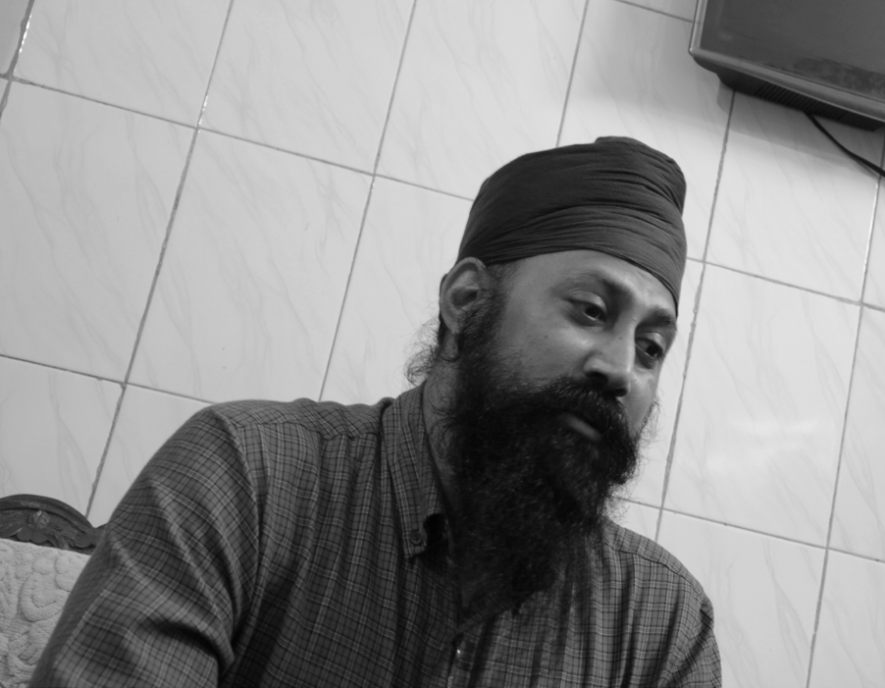
Surjeet Singh
“I was depressed all through school and stopped attending because of the bullying. They used to call me ‘seekh kabaab’. All of a sudden, our lives were ruined and we were unstable. If you lose someone in your family it shakes everyone. Imagine, we have seen our father being burnt alive.”
8. NIRPREET KAUR
Migrated from Delhi to Chandigarh, Punjab.
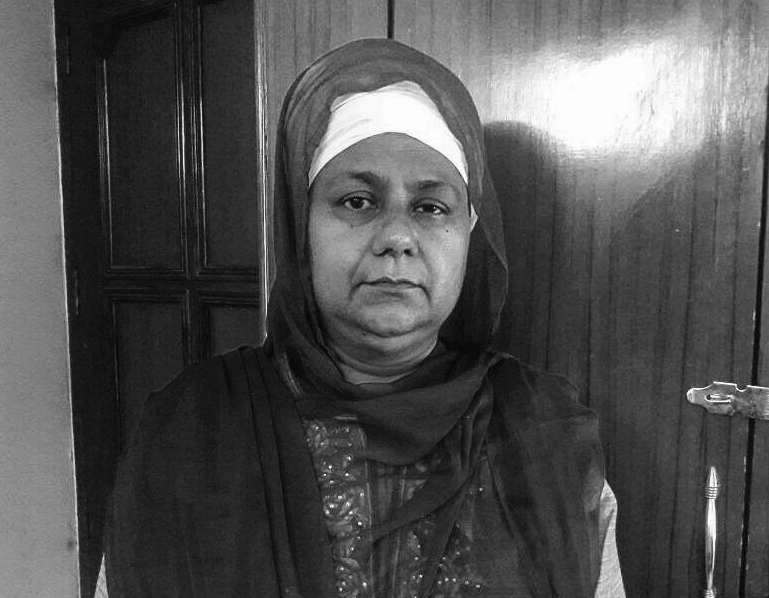
Nirpreet Kaur
“I was filled with rage and agony. Those who massacred Sikhs in 1984 still roam free.”
9. GURMAIL SINGH
Raniganj, West Bengal.
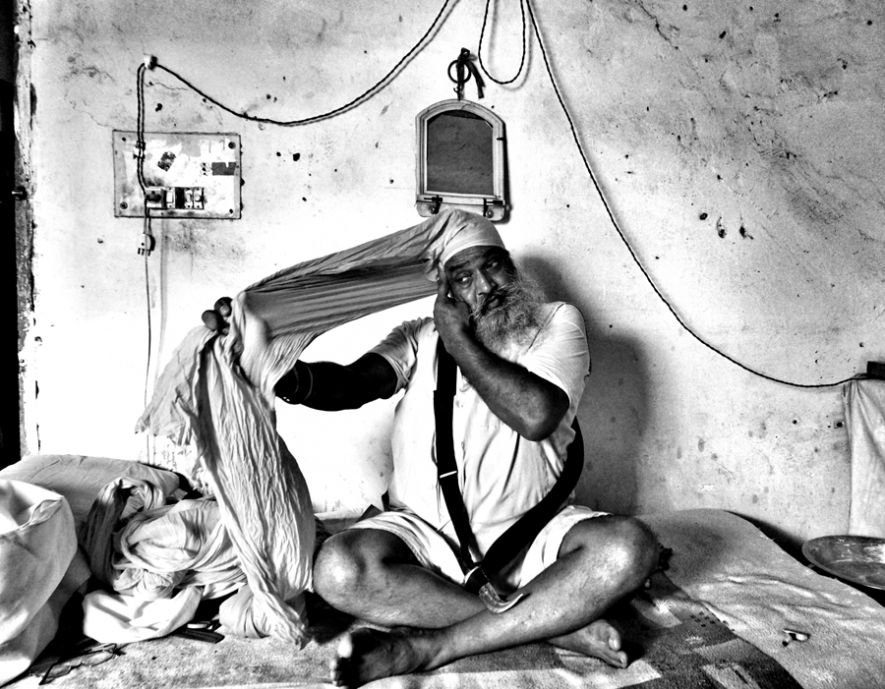
Gurmail Singh
“I was a truck driver. Several times, I was targeted on the road by marauders, but thankfully I escaped every time. I was being held responsible for something I hadn’t done just because of my religion. For almost 14 days, I was away from my family.”
10. HARBANS SINGH
Bhogal, Delhi.
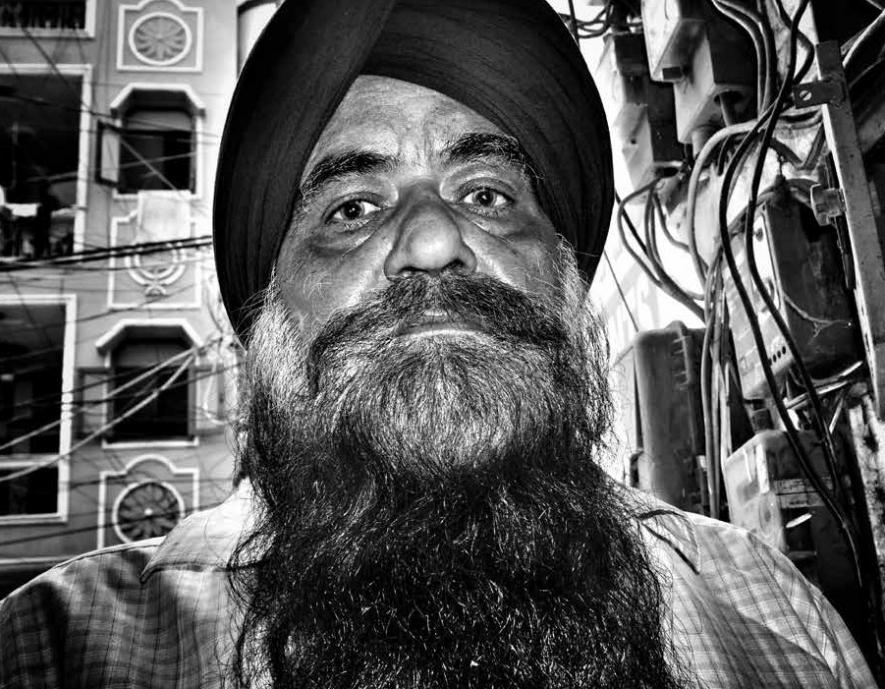
Harbans Singh
“They burned all the trucks which had Sikh religious symbols on them.”
“They burned one young man after putting a burning tyre around his neck. The police didn’t do anything and just kept watching.”
11. JOGINDER KAUR
Migrated from Sagarpur to Raja Garden, Delhi. Her husband was killed and her mother-in- law went missing in 1984.
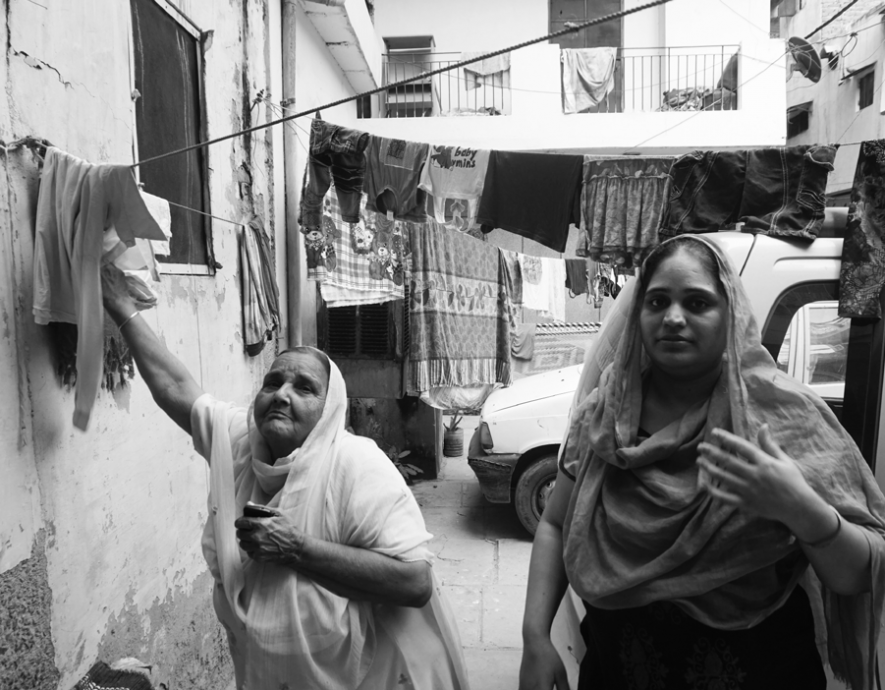
Joginder Kaur
“My husband was attacked with swords and sticks. He lay in bed without moving for three days, our children were sitting close to him and not ready to move.”
“A mob entered our home again on the third day of the violence and killed him. We lost everything in 1984—our future, our progress, everything. My younger son was depressed and now he has been missing since the last five years. I am in a living hell.”
12. AMARJOT KOUR
Migrated from Tri Nagar to Raja Garden, Delhi. She lost her husband and brother-in- law.
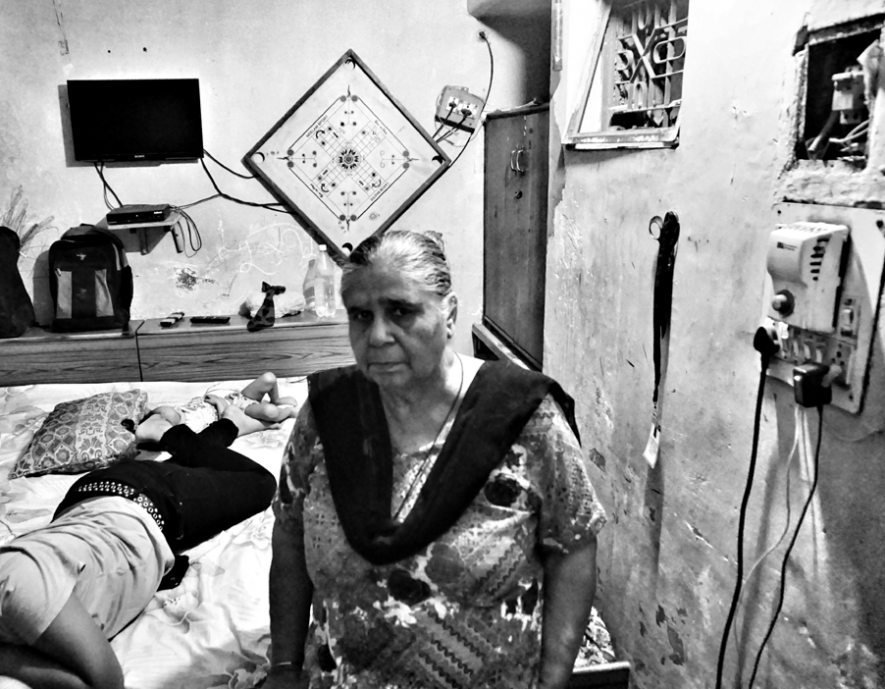
Amarjot Kour
“My husband and his brother were killed in Badli. They were burnt alive by a mob of hundreds. They were throwing some white powder which immediately caught fire, even exploded. We are the forgotten citizens of India.”
13. AMARJEET SINGH
Migrated from Mongolpuri to Tilak Vihar, Delhi. He lost his elder brother.
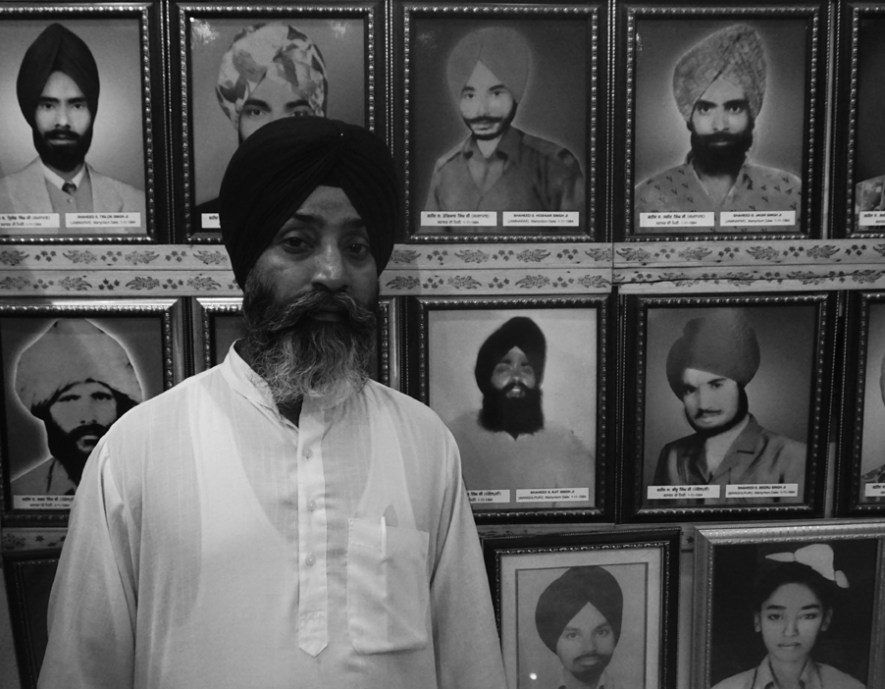
Amarjeet Singh
“My mother was heartbroken after the death of my older brother. I was only 11 years old, I couldn’t help her much. I saw them [rioters] kill people with a weapon used by butchers. The most haunting memories were of the gloves they wore. I saw this middle-aged man wearing gloves throw a white powder on Sikhs and our homes, which immediately caught fire. They burnt a young man before my eyes.”
14. SANTOKH SINGH
Migrated from Sultanpuri to Tilak Vihar, Delhi. He lost his father and grandfather.
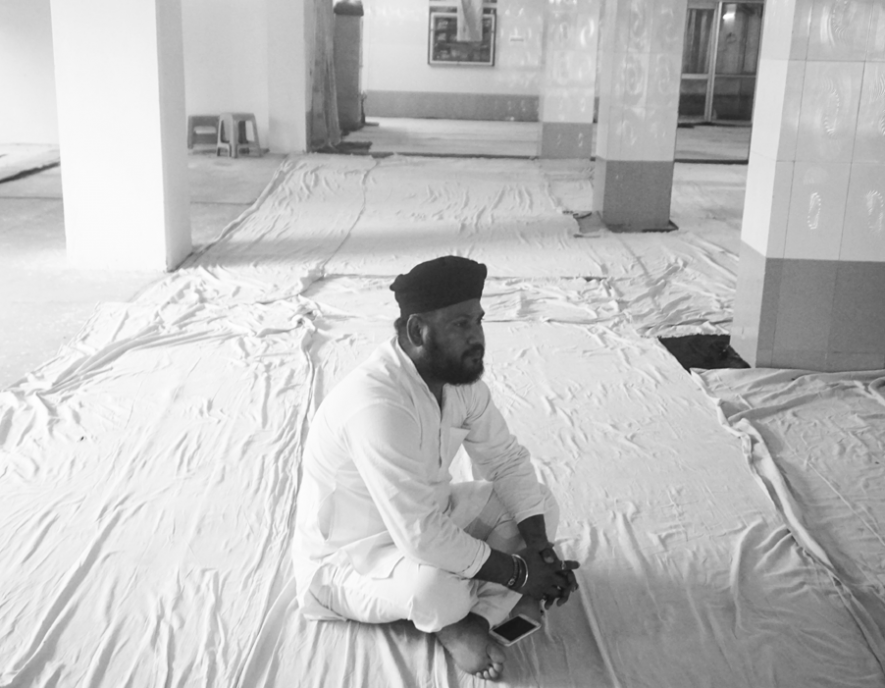
Santokh Singh
“My mother dressed me in my sister’s clothes to save me. They were shouting slogans against Sikhs. They called us snakes. They burned my father. Those scenes have not left me. There is no closure to it.”
15. SHAMNI KAUR
Migrated from Trilokpuri to Tilak Vihar, Delhi. She lost 10 relatives in the massacre.
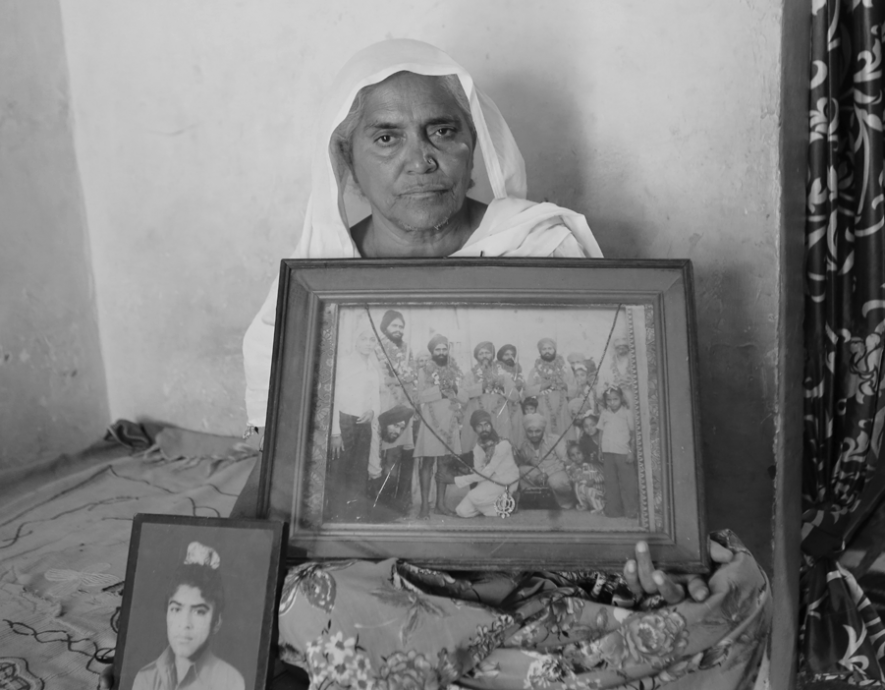
Shamni Kaur
“I have been suffering from the pain of 1984 for more than 30 years. Yet justice isn’t anywhere close. Nobody consoled us then and no one cares for us now. Does anyone understand how long those three days were? The mobs were shouting slogans like ‘Don’t trust Sikhs. They are traitors’.”
Recommendations: Justice Now
-
Thirty six years after the massacre of thousands of Sikhs in broad daylight, only a few of the responsible have been brought to justice. No police officer has been convicted. Not a single prosecution for rape has taken place.
-
The impunity enjoyed by the perpetrators of the 1984 massacre has been used to justify the lack of progress in punishing those responsible for other organised massacres and communal riots. As long as the perpetrators of 1984 remain unpunished, rule of law will remain weakened.
-
Ensure that all those suspected of killings, rapes and other crimes, including those with command responsibility, are prosecuted.
-
Provide protection to victims and witnesses to ensure investigations and prosecutions proceed without fear of reprisals.
-
Develop and implement a comprehensive plan for reparation in full consultation with the victims and survivors, including young people,
-
women and girls, and civil society groups working with them. This should be in line with the United Nations’ Basic Principles and Guidelines on the Right to Remedy and Reparation for Victims of Gross Violations of International Human Rights Law.
-
Rehabilitation plans should entitle all persons who suffered physical or psychological injuries, economic loss or substantial impairment of their fundamental rights during the 1984 violence to reparation.
-
Compensate any economically assessable damage, including lost opportunities such as employment, education, and social benefits; and material damages and loss of earnings, including loss of earning potential.
-
A formal public apology on behalf of the government of India, including an acknowledgement of the facts and acceptance of responsibility.
Legal and Policy Reform
-
Enact a robust law to prevent and respond to communal and targeted violence, which incorporates international human rights principles of superior and command responsibility, relief, return, and resettlement. The law should recognise the right to remedy and reparation for all persons affected by communal and targeted violence, including internally displaced people. It should provide for immediate rescue and relief during incidents of communal or targeted violence. It should recognise that the right to reparation includes restitution, rehabilitation, satisfaction and guarantees of non-repetition.
-
Establish comprehensive and adequately-resourced victim and witness protection programme at the central and state levels, which should not be associated with state agencies such as the police.
-
Undertake comprehensive police reforms to insulate police from political interference and pressure. Work with state governments to establish police complaint authorities in states and districts to investigate complaints of police misconduct. Work with state governments to establish fixed tenures for police officers and set up a board to monitor recruitment, appointment and transfer of police.
Sanam Sutirath Wazir is a human rights activist. He has been working as a researcher with victims of the 1984 Sikh massacre since 2013. Shome Basu is a photojournalist and author of Shades of Kashmir, published in 2015. The accounts above were gathered over 2018-19. The views are personal.
Get the latest reports & analysis with people's perspective on Protests, movements & deep analytical videos, discussions of the current affairs in your Telegram app. Subscribe to NewsClick's Telegram channel & get Real-Time updates on stories, as they get published on our website.









